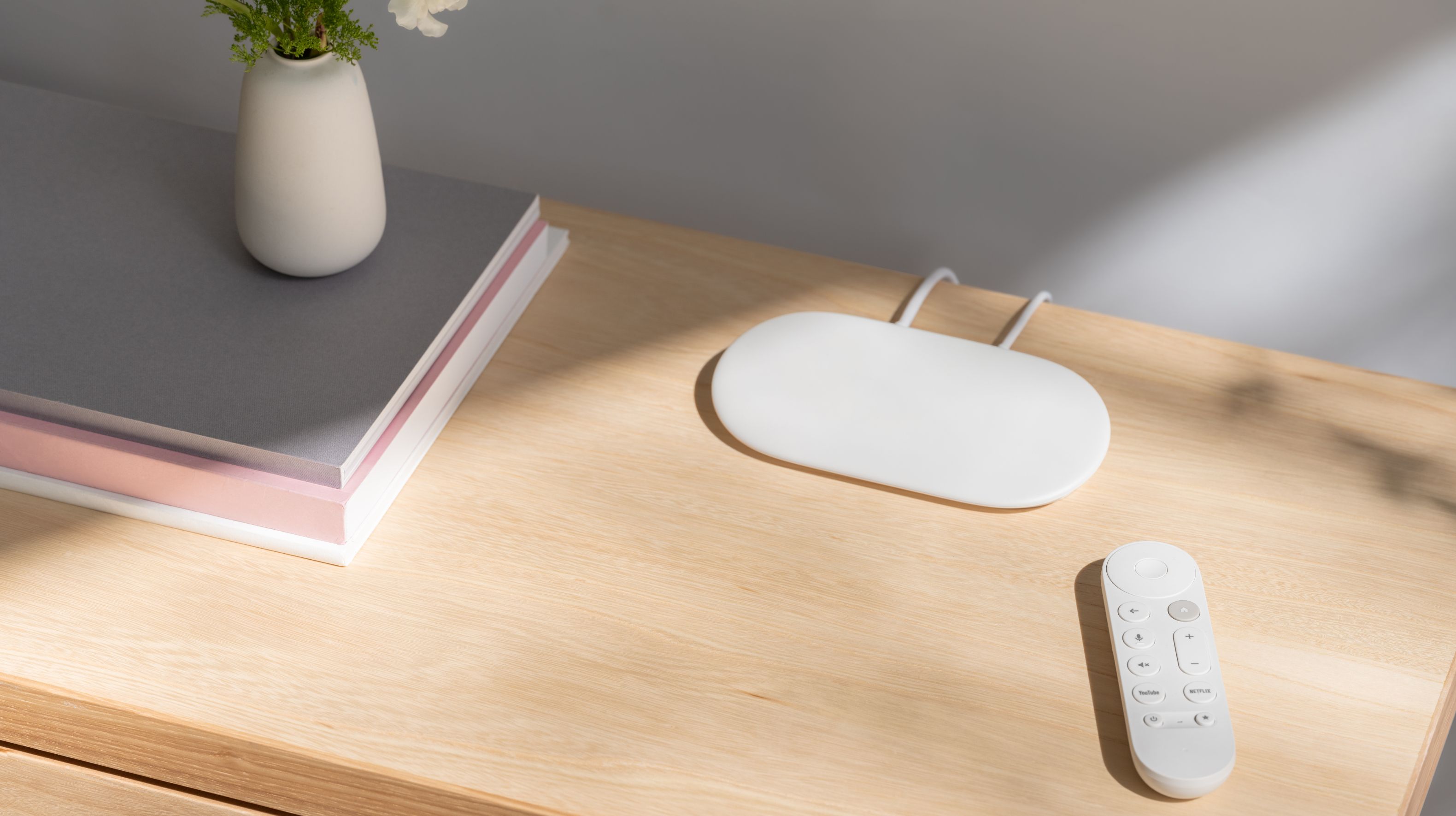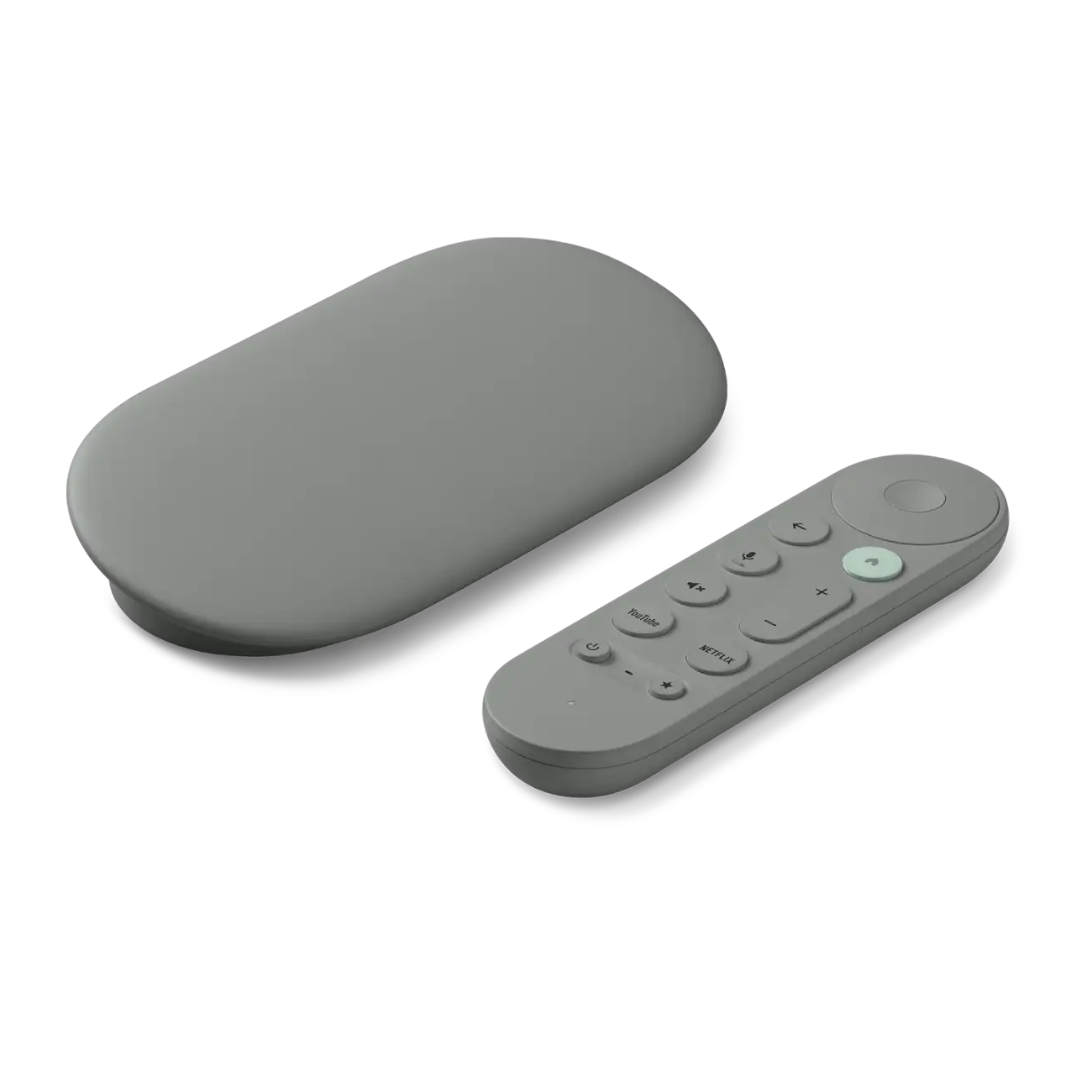In case you missed it, Google killed the Chromecast last week and replaced it with a new product called the Google TV Streamer. Instead of a dongle hanging off the back of your TV, the Google TV Streamer is a set-top box that sits in front of your TV. Besides the new form factor, one of the biggest differences between the Chromecast and the TV Streamer is that the latter can act as a smart home hub. Google equipped the TV Streamer with a connectivity feature that lets it locally control your smart home devices, but that capability won’t be available at launch — though it’s coming later.

Related
Google TV Streamer is officially here to take over for your Chromecast
It starts at $100 in the US
The Google TV Streamer launches with the latest version of Google TV out of the box; the latest version is based on Android 14 for TVs, which is a special release of Android 14 built for TVs. Other than adding new accessibility features and improving performance, Android 14 for TVs also introduces a Thread network stack, which allows TVs equipped with Thread radios to act as Thread border routers and control Thread devices locally.
The Matter smart home standard defines how smart home devices from different vendors should communicate with one another over network protocols like Bluetooth, Wi-Fi, or Thread. What makes Thread special is that it’s purpose-built for smart home communications; it’s not only really power efficient like Bluetooth, but its mesh networking nature also lets Thread devices route data more efficiently.
While there aren’t a lot of smart home devices with Thread support yet, the number is steadily climbing each year. You can pick up Thread-compatible smart lights, curtains, locks, and other devices today, but in order to add them to a Thread mesh network, you need to have a Thread border router at home, such as the new Google TV Streamer.
Google TV’s new Home panel may support Thread, but commands don’t — yet
After adding your Thread-compatible smart home devices to your home’s Thread mesh network, though, you may notice that there’s still a bit of latency when controlling them through the new Google Home panel on the Google TV Streamer. The reason this happens is that Google Home currently doesn’t support locally controlling your smart home devices over Thread. Instead, it routes commands to the internet and then to your devices, which can be really slow depending on your network.
Fortunately, a Google TV product manager we spoke to at the Made by Google event told us that Google Home will soon be able to control Thread devices locally. This update will make your Google TV Streamer much faster at sending commands to your Thread-compatible smart home devices. While we weren’t told when this change would roll out, Google doesn’t need to rush the update, seeing as the TV Streamer itself has yet to reach the hands of consumers.
The Google TV Streamer is available for pre-order now for $100 ahead of its release on September 24. When it launches, it’ll not only be the first Google TV device to support Thread, but also the first device in the US to run Android 14 for TVs.
As mentioned earlier, the Google TV Streamer has a new Google Home panel for controlling your smart home devices; this panel is accessed through a button in the Quick Settings or the voice remote. Until local Thread support rolls out in Google Home, though, all commands will be routed through the internet, even those intended for Thread-compatible smart home devices.

Google TV Streamer
The new Google TV Streamer supports Matter devices through a built-in Thread radio. At launch, it still sends commands to Matter devices over the internet instead of locally via Thread, but Google has said that this will be fixed soon.
Source link


